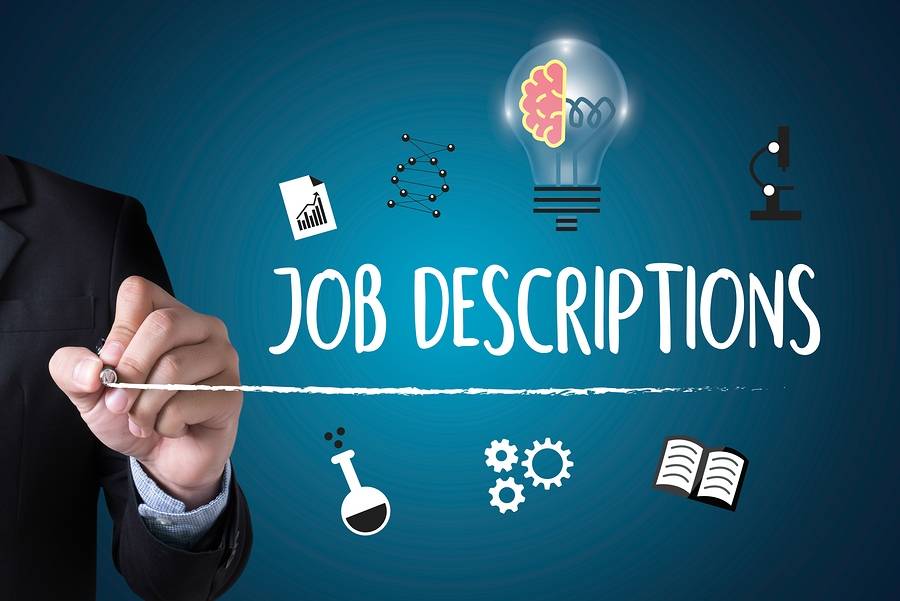“Do I really need to write job descriptions?” We are asked this question constantly when we are setting up a workers compensation cost containment program. We say absolutely if you want to distinguish yourself AND save big bucks when you purchase workers compensation insurance! Job descriptions are by no means required by the Dept of Labor, but they are enormously important to smooth and successful recruiting, hiring, and workers compensation claims processes. They assist applicants in better understanding the position beyond the typical bullet points of a job posting.
Hiring & Recruiting: From the initial job post on various posting sites like www.INDEED.com, to the interview and hiring stage it’s so important to be specific and communicate to your potential new hire/employee exactly what is expected of them. Typically a business is not hiring a one off for this position as they will most certainly hire more employees for this role in the future. Rather than re-invent the wheel, spend some time and really drill into the job description. It not only helps your potential hires select right fit for them, it will also help you think though what you want in your future employee.
Employee Injuries: We did an article about the most underutilized tool to gain a competitive advantage, this post might seem familiar. It was all about setting up a Return to Work Program also know as Transitional Duty. This is an extremely effective tool in controlling workers compensation costs. One of the more important components of the Return to Work program is having a proper job description whereby your staff, the insurance carrier adjusters and the treating physicians can get a full understanding of what is entailed for your injured employee to execute their job function. In absence of a thorough job description often times the treating physician will not authorize medical clearance for the employee to return to work which drives your workers comp costs up significantly. Further your staff and the carriers adjusters if they are fuzzy on job execution they will often arrive at the wrong answer.
It’s helpful if you have job descriptions already built for your potential alternative duty position too so the treating physician might consider this alternative duty job in lieu of their present job. If you want to know more about building out your own Return To Work Program CLICK HERE
Defining exempt vs. non-exempt: Job descriptions are key to determining if a position qualifies as exempt (a.k.a. salaried without overtime) under the law. Actual duties, not titles, drive this determination. A job description that accurately reflects the realities of the day-to-day functions of a role can help you defend against any claims that an employee is being improperly denied overtime.
Identifying “essential functions”: The Americans with Disabilities Act (ADA), as well as many state anti-discrimination laws, requires employers to provide reasonable accommodation to employees with covered disabilities, provided the employee can perform the essential functions of the job. A well-written job description is key for identifying those functions that are essential versus those that are marginal, incidental, etc.
Protecting against discrimination claims: Using job descriptions to compare an applicant’s experience, skills and credentials to the minimum qualifications of the job can aid in protecting an organization against claims that it excluded someone based on race, age or other protected class. Skills and requirements should be identified as minimally required or preferred so it’s clear who meets the bona fide job criteria and who doesn’t.
Need more information on job descriptions? We have a job description tool builder as part of our THINK HR platform which is free to customers of Metropolitan Risk. We would love to answer any questions you have and assist you in developing them for your organization. Contact Metropolitan Risk today at (914) 357-8444 or click here!
